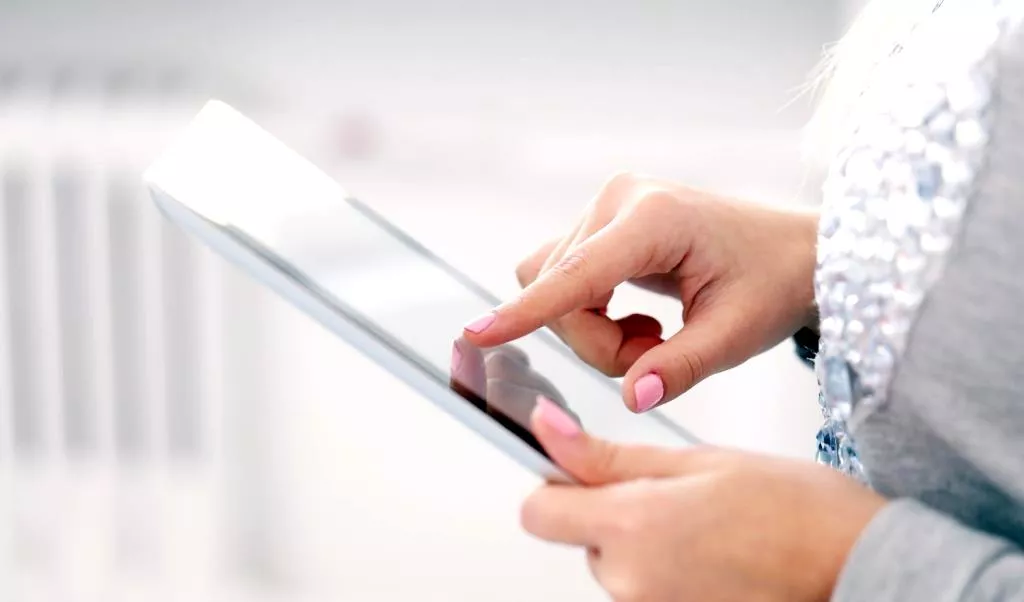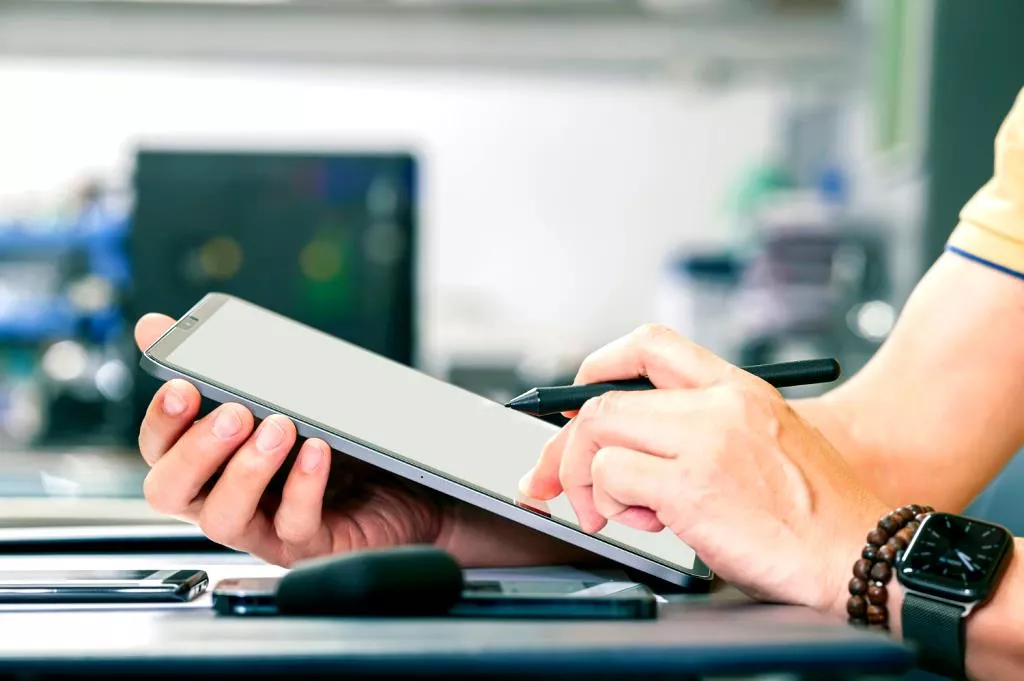Now, your iPhone is stuck, and you're understandably frustrated. Don't panic - in most cases, you can get the update back on track with some simple troubleshooting.
Why Software Updates Fail on iPhones
iPhone software is updated in one of two ways:
- Over-the-air (OTA) directly on the device
- Via USB by connecting to iTunes
Some common triggers for update failures:
1- Insufficient storage space -
Updates require free space for temporary install files
.
2- Buggy existing firmware - Outdated OS versions may disrupt installing the new update.
3- Internet connection issues - Dropped connections can interrupt an OTA update.
4- Power interruption - Losing power to the iPhone during installation will cause a failure.
5- Underlying iPhone configuration problems - Some settings issues may block updates.
6- A failed update can lead to anything from random errors to the device becoming unresponsive or stuck in recovery mode.

7 Troubleshooting Steps to Successfully Apply iOS Updates
Should you encounter issues after an update fails, there are ways to get it back on track:
Reset Network Settings to Fix Update Issues
If restarting your iPhone does not resolve the update failure, the problem may be related to your network settings. For example, if Wi-Fi malfunctions or your iPhone cannot connect properly to a Wi-Fi network. Resetting your network settings can fix network-related problems blocking the update from completing and resolve the "iPhone software update failed" error.
Follow these steps to reset network settings on your iPhone:
1- Go to Settings
2- Tap General
3- Tap Reset
4- Tap Reset Network Settings
This will reset all network preferences back to default.
Reboot all the network settings, then turn off your iPhone completely by holding down either side/top button until it prompts you: "Slide to power off" and tap the red Power slider. Please wait for 10 seconds, then restore the iPhone by turning it on again and updating it to the currently existing version of iOS.
Note: We should mention that specifying network settings will delete the saved Wi-Fi passwords, cellular configurations, VPN connections and APN configurations. It is also advisable to write down these details beforehand in order to avoid losing them.

Update iPhone Software Via iTunes
In case you are still stuck with " iPhone software update failed" after upgrading your device to the latest iOS, connect your phone directly to iTunes on your computer and perform the update process instead of resorting to a remote connection.
1- Before opening or launching the app, you must connect your computer to a steady Wi-Fi or Ethernet network.
2- Ensure you've the latest version of iTunes installed on your PC.
3- Connect the iPhone to the PC via the USB cable.
4- Open iTunes on your PC.
5- In iTunes, select the connected iPhone.
6- In the Summary section, click "Check for Update", and after that, click "Download and Update" to install the latest iOS version.
7- If prompted, enter your passcode on your iPhone.
8- The iOS update procedure will now initiate.
Free Up Storage Space
The error can also occur if the phone does not have enough storage for the iOS update file size. To solve this, get rid of unnecessary apps, photos that were not saved properly and any other file you do not need through deletion to have space.
To remove content and manage storage:
1- Go to Settings
2- Tap General
3- Tap Storage & iCloud Usage
4- Tap Manage Storage
5- Delete unwanted apps, media and files
After freeing up storage, retry updating to the latest iOS version.
Carefully following Apple's best practices for updates, backups, and general iPhone maintenance goes a long way to ensuring smooth installations. But should you see "iPhone software update failed", use these troubleshooting steps to get updates working again quickly.
Conclusion
If the troubleshooting steps outlined in this guide don't resolve your iPhone's update issues, it might be time to seek professional help. Some problems require more advanced diagnostics, which may be beyond simple user fixes. In such cases, contacting Apple Support or visiting an authorized service provider is recommended. They can help identify any deeper hardware or software issues and ensure your device is updated and functioning correctly. Keeping your iPhone updated is essential for both security and performance, so don't hesitate to get expert assistance if needed.
